Written by @diamondsindubaii
In today’s jewelry news – famous luxury house Cartier, and YouTube star, Emma Chamberlain, are facing fierce criticism due to the diamond necklace she wore to this year’s Met Gala.

The necklace was owned by Maharaja Bhupinder Singh of Patiala, who originally commissioned Cartier to design it back in the 1900’s.
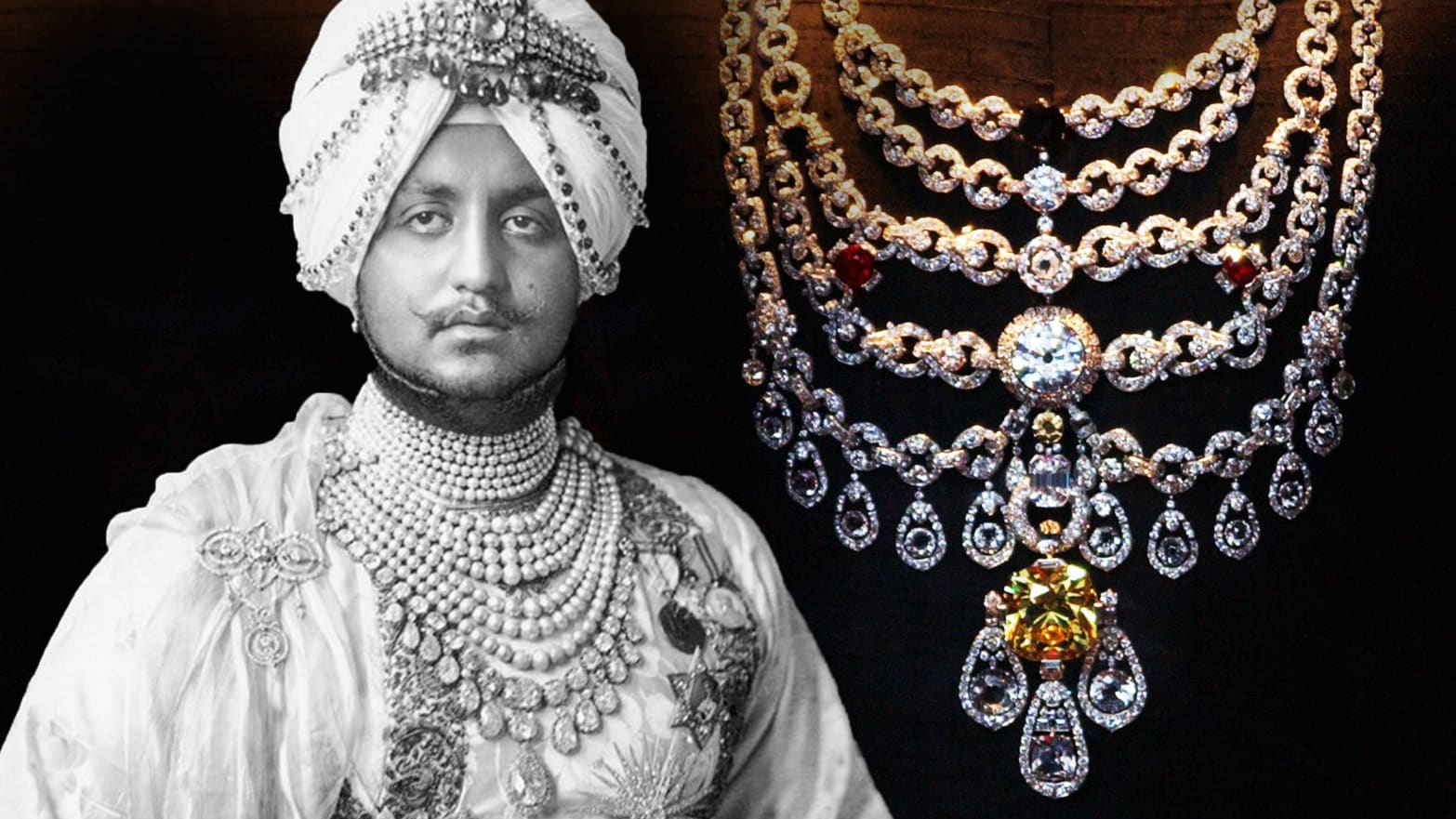
So, how did the story of this infamous necklace begin?
Maharaja Bhupinder Singh of Patiala is remembered as a magnificent ruler of Patiala, but also as an avid collector of all things luxury – cars, horses, watches, and paintings. But, his true passion was collecting jewels. In 1889, The Maharaja Singh bought the seventh-largest diamond in the world (a 234.69-carat diamond), which gained recognition as the “De Beers” diamond.
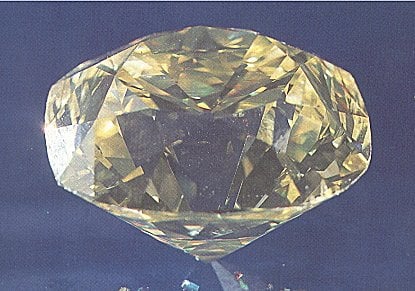
In 1925, the Maharaja decided to turn the “De Beers” diamond into an heirloom piece and commissioned Cartier to make a ceremonial necklace with the “De Beers” diamond being its centerpiece. After 3 years of hard work, the necklace was finally finished in 1928. The magnificent piece came to be known as the Patiala Necklace. In its original form, the necklace contained a total of 1000 carats. The necklace consisted of five rows of platinum chains embellished with 2,930 diamonds and two Burmese rubies. The necklace also included 7 diamonds which ranged between 18 – 37 carats. This was the most expensive piece of jewelry ever made in history. It would have cost $30 million dollars today in its original form.
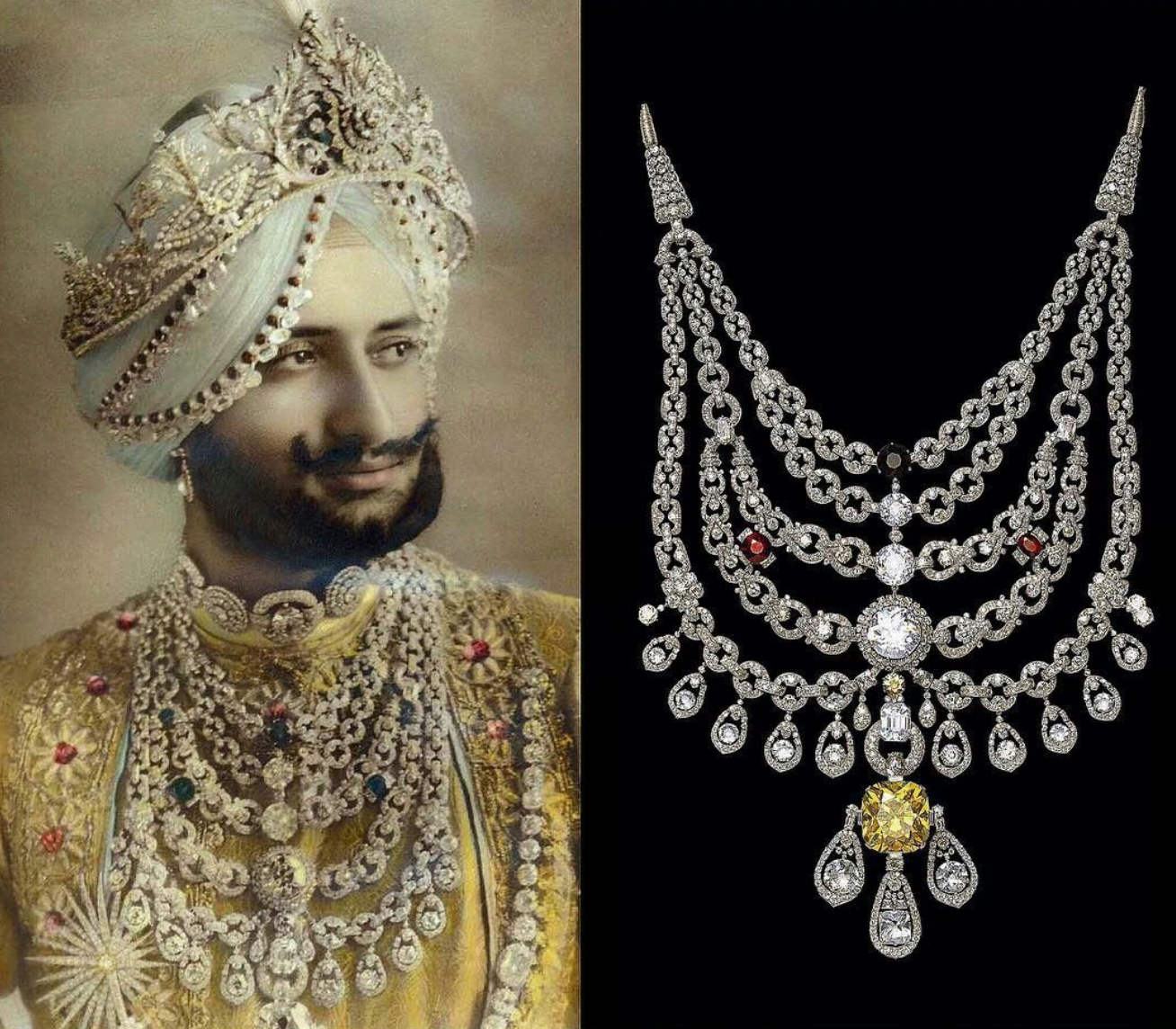
Controversy sparked after the diamond necklace went missing from the Patiala royal treasury in 1946. Many suspect that the necklace was stolen, taken apart and its precious stones sold separately. For 32 years, there was no sign of this necklace – until the 234.69 carat “De Beers” diamond mysteriously reappeared at a Sotheby’s auction in 1982, stripped of chains, links and rubies. The “De Beers” diamond was sold to a private collector for only $3.16 million – a tenth of its estimated worth today.
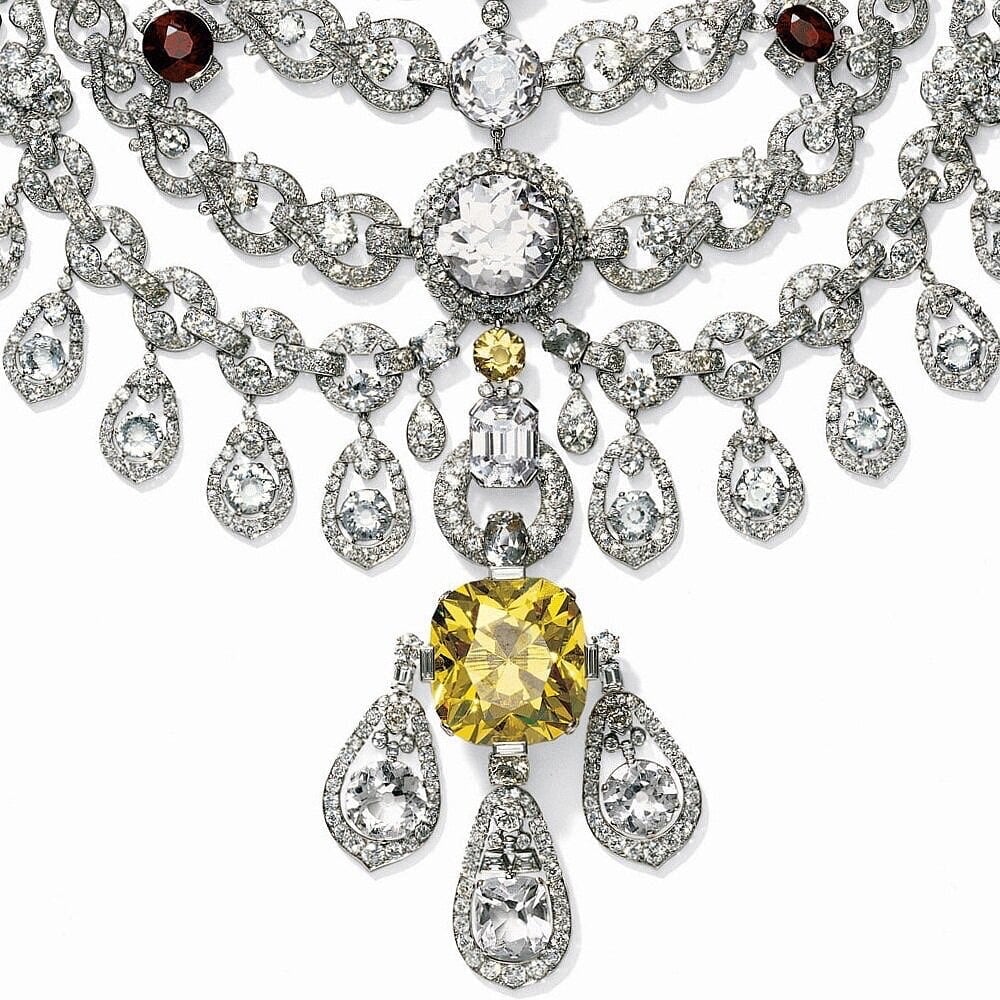
In 1988, a part of the necklace was found by a Cartier associate, Eric Nussbaum, in an antique shop in London. All that was left of the famous necklace were the platinum chains, without its diamonds or rubies. Cartier bought the necklace and spent two years trying to recreate it. All the missing stones were replaced with synthetic stones, and the results were all but satisfactory. Since then, the legendary necklace has remained in the hands of the French jewelry house.
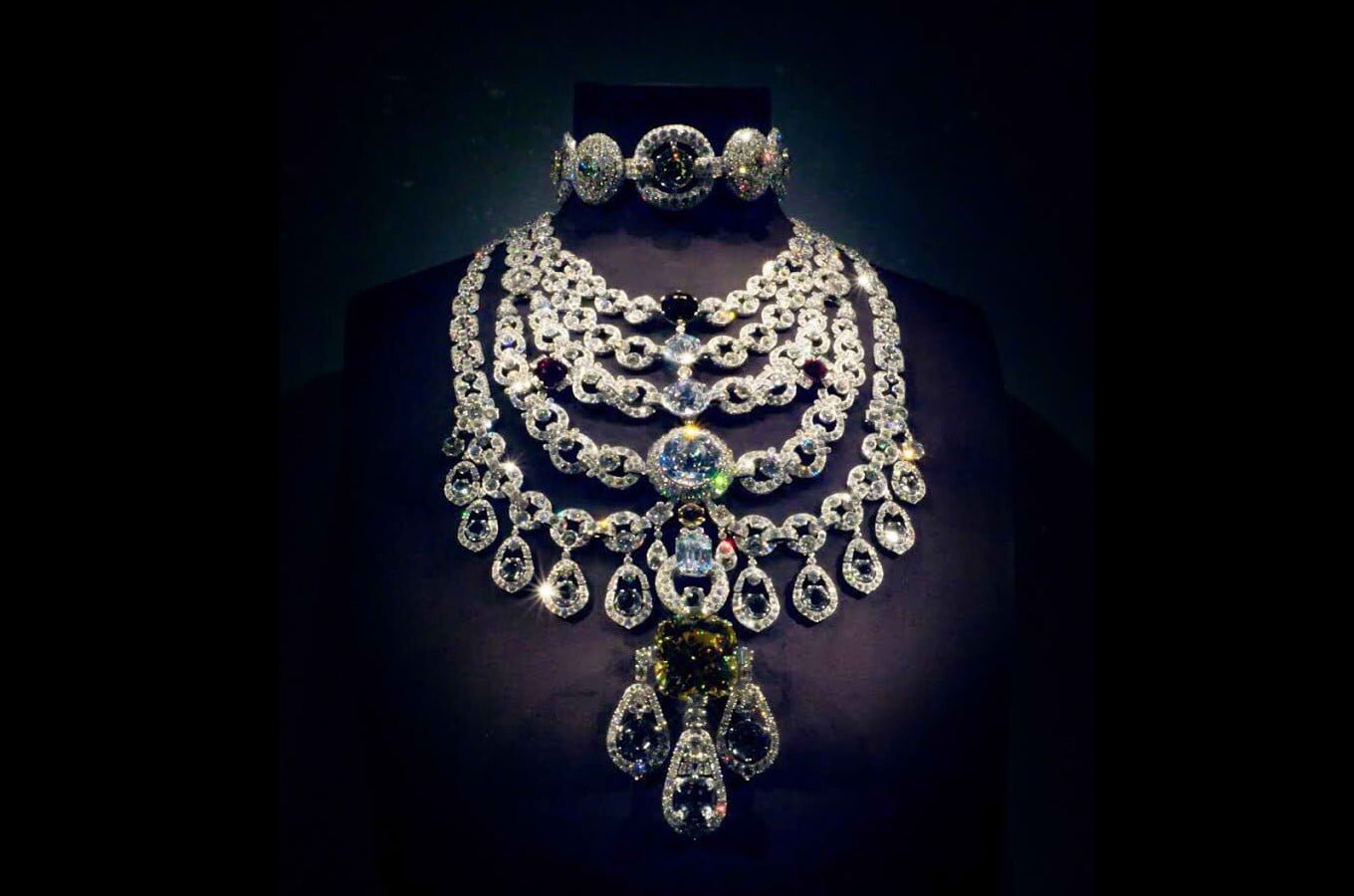
The Controversy
Fast forward to 2022 – Emma Chamberlain walked the Met Gala red carpet as the brand ambassador for Cartier. Cartier allowed her to wear the necklace for the event, which sparked criticism against the French Maison and Chamberlain. The South Asian community, particularly Indians, said it was in poor taste for the jewellery brand to allow an ‘influencer’ to “flaunt stolen goods” on the Met Gala red carpet. Many have also pointed out that the display of a precious family heirloom at the Met Gala is distasteful, as most don’t know about it’s origin. The Indian community is now urging Cartier to return the necklace to the family of Bhupinder Singh of Patiala.
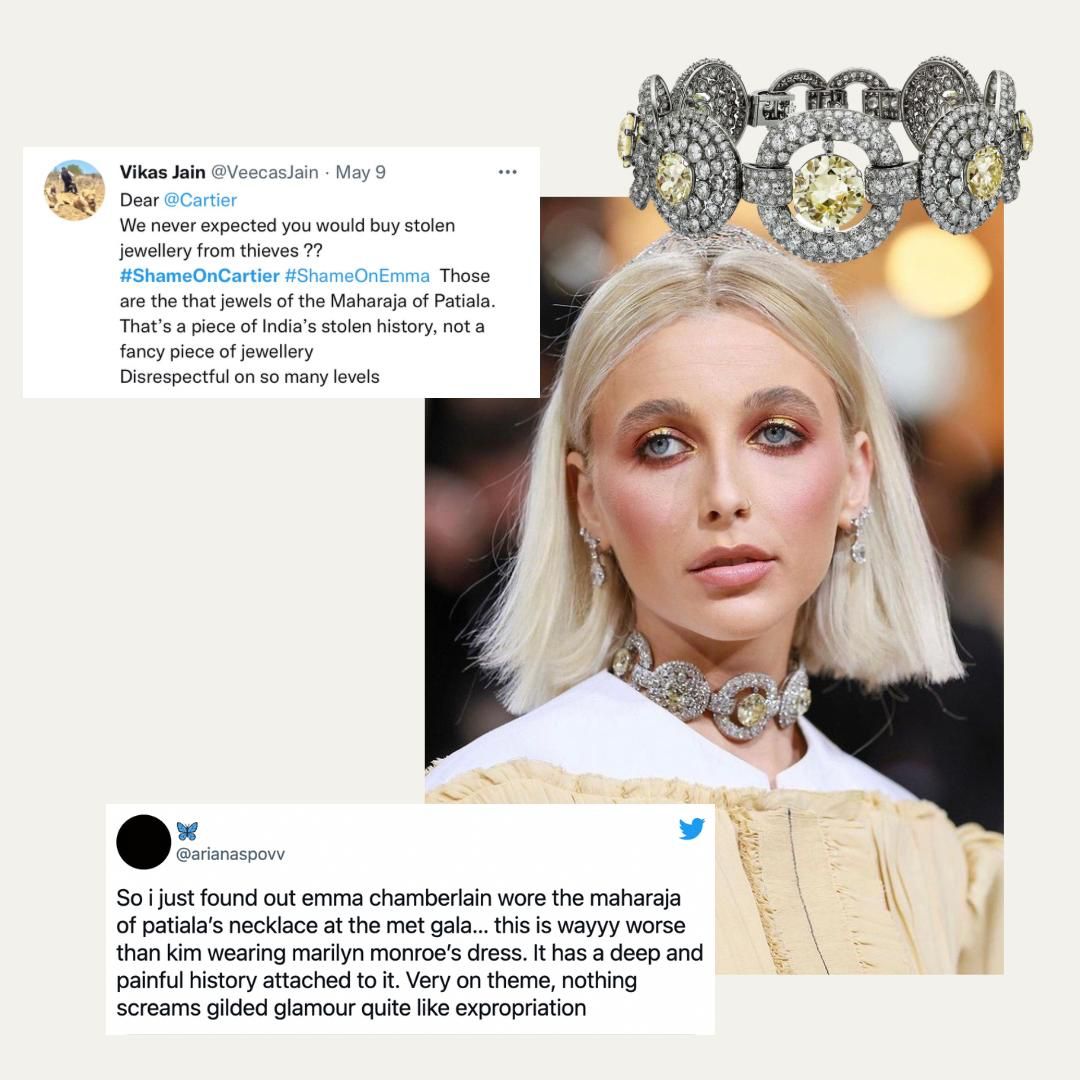
What are your thoughts? Do you think the remainder of the necklace should be returned to the family of Bhupinder Singh of Patiala?
Read Related Articles:
The Truth Behind the Cartier Love Bracelet
Cartier Closes Stores in Russia Temporarily
NEWS: Cartier Price Increase Coming Soon
Love, PurseBop
XO
Updated: May 18th, 2022




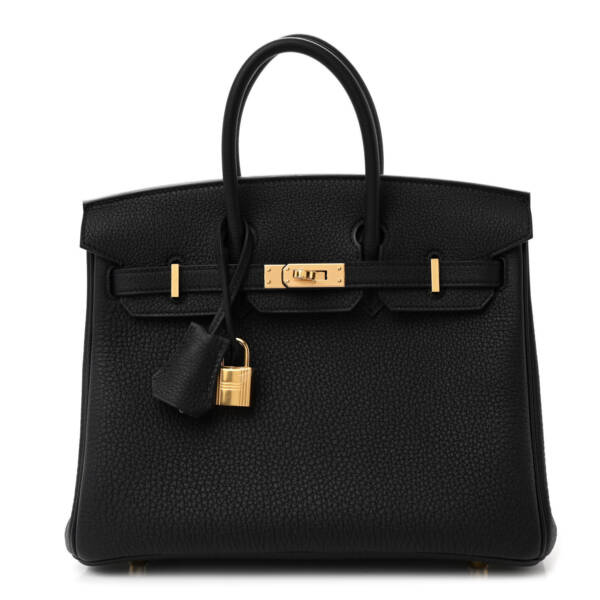
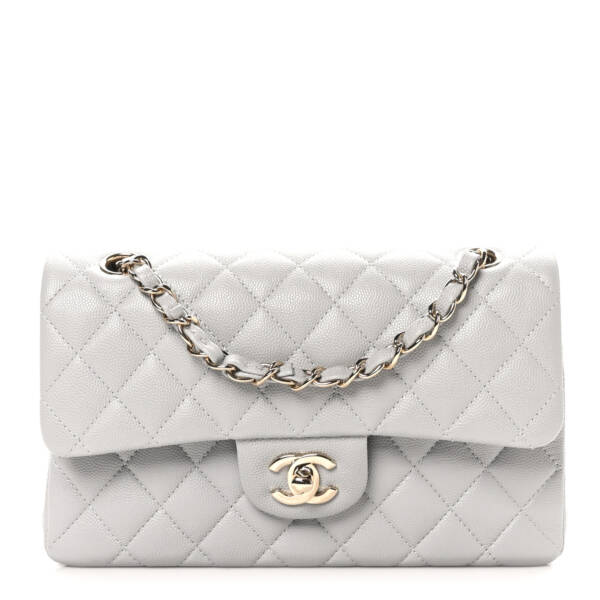


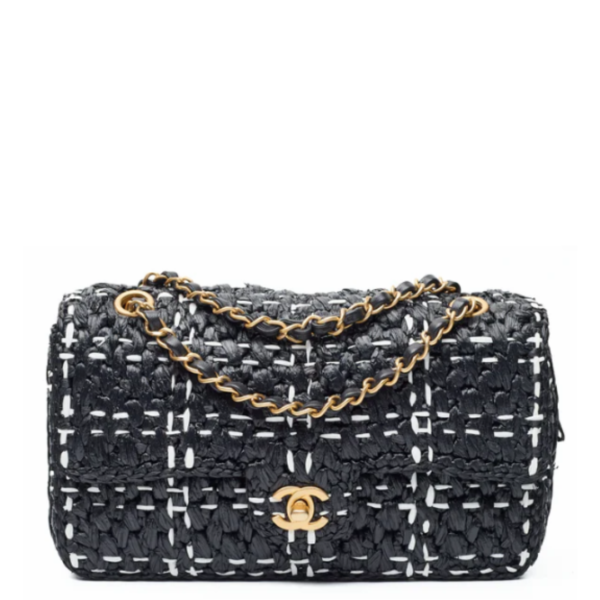
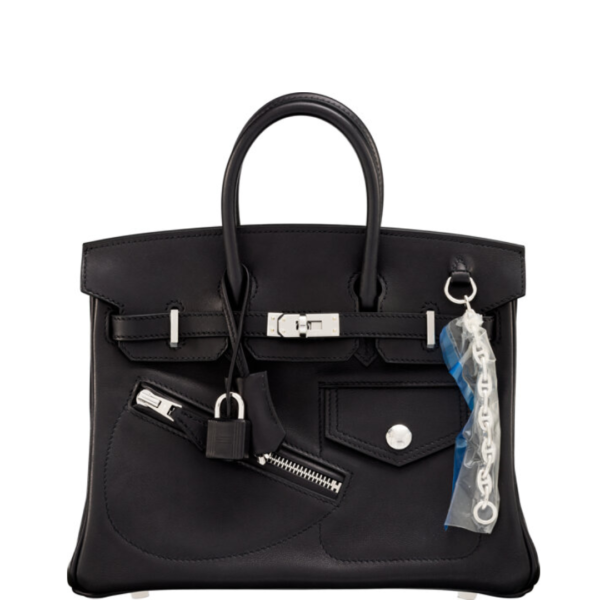
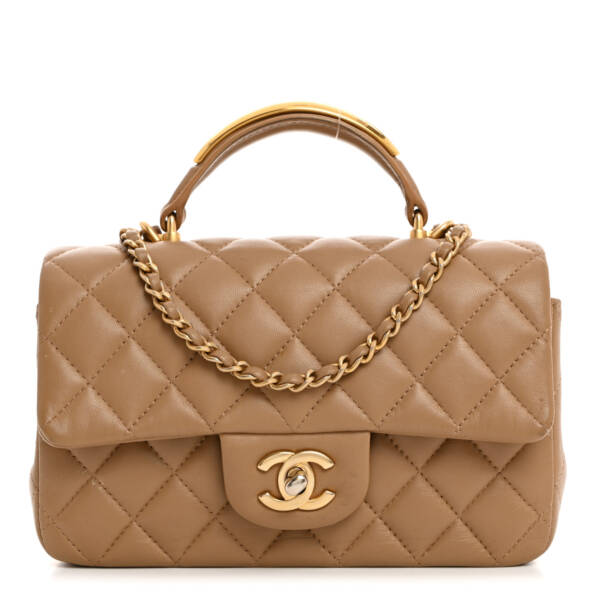

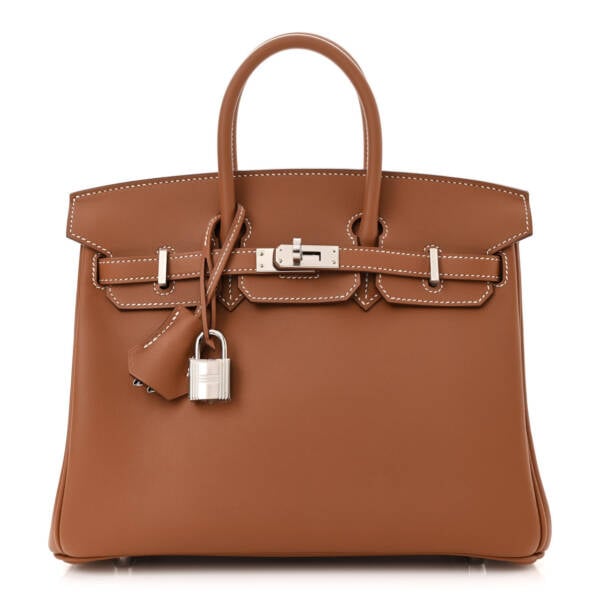
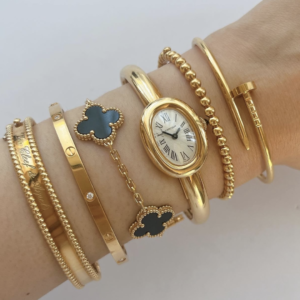
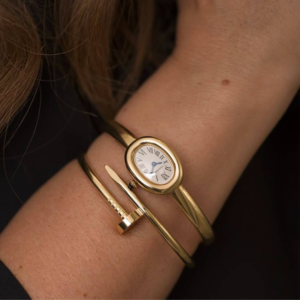


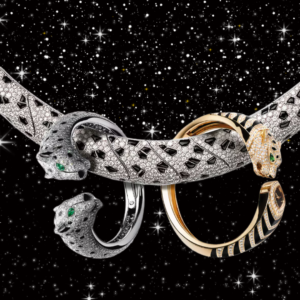




Comments
1 Responses to “Backlash Against Cartier for Stolen Diamond Necklace”
What else is new. The damn British empire was built on stolen money from India. In today’s money it is 43 trillion $s. But what goes around comes around. Britain will become a slave to India slowly with time. I just hope the Indians will be much more gracious and respectful to the thieves than they were towards Indians. They have a lot to learn about magnanimity and generosity.